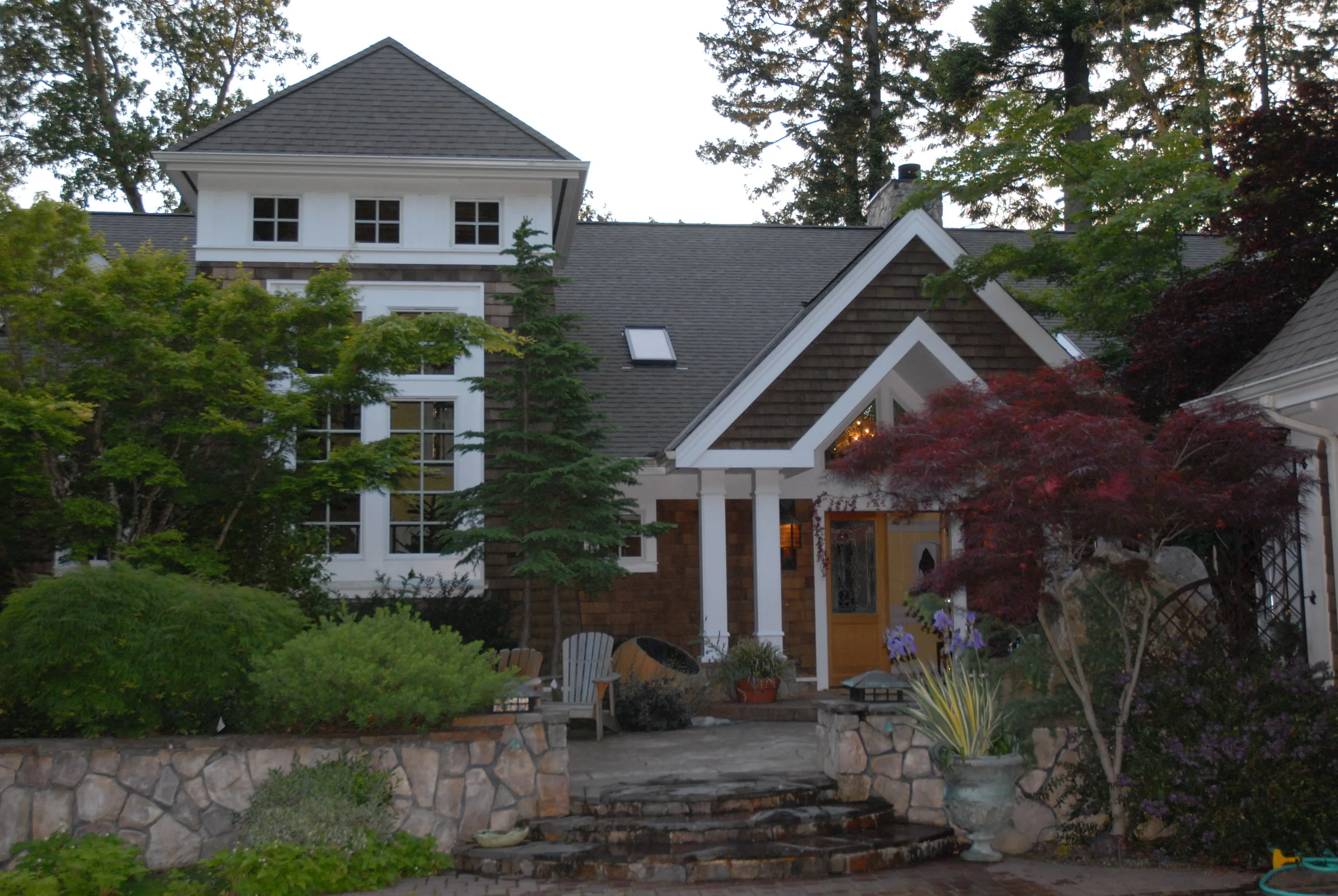Estimating Construction Costs
Land Development Construction Costs:
Accurately estimating land development construction costs is essential for projecting the successful outcome of a land development project. It’s like learning a complex computer program, you get better at it as you do it. Also, like a computer program, it is unforgiving of errors.
Steps of cost projection:
First of all, be aware that this particular post is confined to construction costs only, not total project costs. I get asked a lot about how to accurately estimate construction costs and for good reason - they are always huge.
Step 1 -You typically can’t get investors without developing a pro forma financial statement. This is an initial estimate, but it better be good because the investors will never forget the number. This is done as the project is being evaluated for feasibility in the planning stages.
Every single construction cost needs to be identified, estimated and updated running all the way from pre acquisition to the signed contractor bid. The civil engineer is a key ally here. Construction costs must be updated along the way, at least for me, since I have never finished a project where construction costs did not vary from the original estimate.
Step 2 - As the project moves through the entitlement process toward approval, it is critical to keep updating the construction projection. Design changes, material, labor and machine time costs can change and sometimes even the season dictates certain cost variances. Invariably, as the planning department reviews the application they will change certain design features of the project and costs can rise or decline. Mostly rise if you are me.
Step 3 - When the plat is approved and recorded with the county we have our approved construction plan. A typical construction project for me would take about 6 months from initial clearing and grubbing to marketing.
I break the project down into a critical path, which is a highbrow way of saying stack ranking what is to be done first or simultaneously together, then each construction phase that follows in linear sequence. It’s important to remember that prices can change for certain cost centers in upcoming stages of construction so I bid out the work early and get signed contracts in place to cement the true cost.
Contingency costs:
As stated above: “I have never finished a project where construction costs did not vary from the original estimate”. Therefore, anyone with a brain in this business is going to factor in contingency costs. In my world the total cost of a project breaks down roughly in thirds - 1/3 acquisition and holding, 1/3 entitlement / permitting, 1/3 construction. The true cost is a moving target and it always seems like variances are cost increases, not decreases.
Contingency costs are for the unexpected and the unexpected always happens. A good example was a phased project I did that had an existing bridge across a very small salmon bearing stream. The span was only about 38’ and connected the access road to the third and final phase. As I moved into permitting for this phase the county increased the load ratings on bridges for seismic stability. The existing bridge didn’t comply, so the end result was tearing out the old bridge and replacing it with a new one that did. (The demolition of the old bridge is the photo used for this post). That cost, from beginning to end, was over $500,000. Luckily I was under budget on phases 1 & 2 but I still wound up using every bit of my 20% project contingency factor (and more) to fix the problem.
In land development I figure a guy needs to just about count on projection variances every time, unless you are some genius I’ve never met before.
Managing cost projections:
Updating cost projections is an on-going effort. It gets really crazy as construction is happening, but as the invoices roll in it is essential to match them to the projection for that particular cost and have a formulated column to log the variance. This way you have a clear running total.
Overages:
Guys handle overages with their investors in different ways. My practice is to provide semi-annual updates, except during heavy spending periods when I’ll do it quarterly. At the same time, projection workbooks and financials should always be ready at a moments notice. If I can’t send a current projection workbook and the current P&L & Balance Sheet to an investor within 15 minutes after request, I am not doing my job.
I disclose significant overages like the bridge disaster described above, right away. Right away means as soon as I am sure of the scope of the impact and when I have recommendations for a solution. Going to investors with a problem is never satisfactory unless I have recommendations for fixing it. That way, you’re not simply handing the problem over to them. I have found that investors tend to remember less about the actual problem over time, than they do if I have came up with practical solutions that actually worked.
Cost center example:
Necessary construction depends on the individual project characteristics, engineering and permitting requirements and geotechnical complexity, to mention just a few factors.
This is a partial example of one of my initial construction cost workbooks related to material cost and quantity. It is for illustration purposes only, since every set of approved construction plans will require quantities and materials unique to the approved plan set. There are usually about 40 - 80 cost centers in the complete workbook. Hope it helps!






